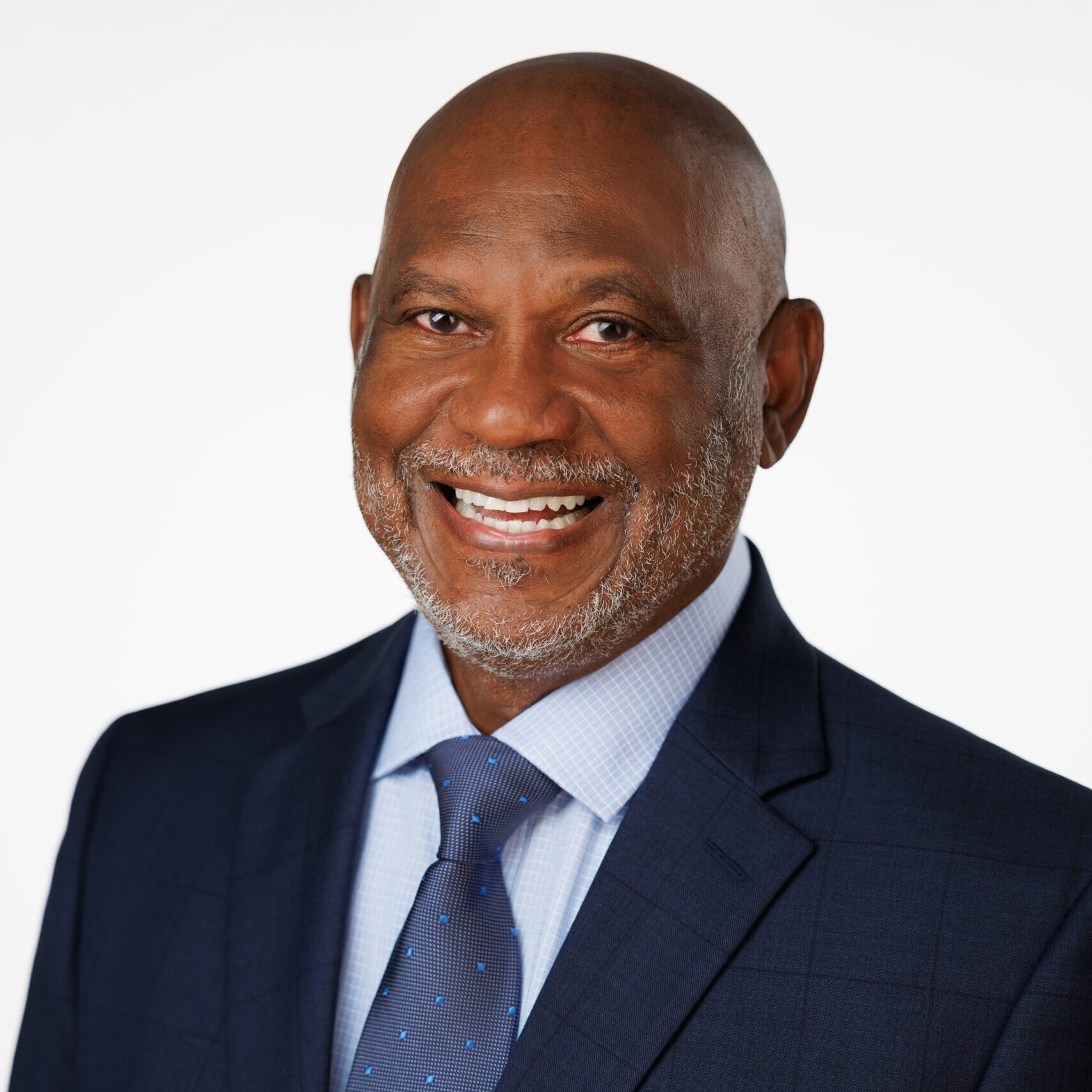
| CWP
Expert Voices: Tips For Filing a Successful Claim
February 13, 2024
February 13, 2024
CWP
By Malcolm Nelson, Former EEOICPA Ombudsman
While some claimants process their claims under the Energy Employees Occupational Illness Compensation Program Act (EEOICPA) with little or no assistance, others find this process to be challenging. Similarly, while some claims are accepted, others are not. As a result, I have been asked if there is something that can be done to avoid hurdles and to ensure that claims are accepted. Unfortunately, I cannot tell you how to avoid hurdles and/or to ensure that your EEOICPA claim is accepted. EEOICPA claims are decided by the U.S. Department of Labor’s Division of Energy Employees Occupational Illness Compensation (DEEOIC). And each claim is individually decided based on the factual and medical evidence contained in that claim. However, relying on my experiences with the U.S. Department of Labor, including my years as the Ombudsman of the EEOICPA I would like to offer some strategies that may help you in preparing your claim.
Prepare for the Occupational History Questionnaire
There are two (2) Parts to the EEOICPA, Part B and Part E. When claims are filed under Part E, the staff of one of the Resource Centers will contact the claimant to schedule an interview. The purpose of this interview is to complete the Occupational History Questionnaire (OHQ). In this interview the Resource Center staff will collect information about the employee’s work history that potentially brought them into contact with toxic substances. Consequently, during this interview the claimant may be asked, or may find it helpful, to discuss the employee’s work locations, job titles and/or work processes. The information that you provide during this interview can be important. The good news is that claimants are informed in advance of the topics to be covered during the interview. Thus, prior to this interview, I would suggest taking a few minutes to collect and organize your thoughts. A little preparation for this interview can be helpful.
In this regard, while I do not know about you, I frequently find that as soon as I end a conversation, I immediately remember something I should have said. Thus, prior to important conversations, I have found it useful to prepare a brief outline of what I want to say, and to then have that outline in front of me during the conversation. The outline is not very long, nor is it very detailed. Rather, it is simply something to help jog my memory. Preparing this outline in advance helps me to collect and organize my thoughts. And having the outline in front of me during the conversation serves as a reminder, thus ensuring that I actually address all of the points I want to discuss. You may not feel that you need an outline. However, prior to your OHQ interview I would at least suggest taking a few minutes to think about the topics/issues you want to discuss.
Two other suggestions regarding the OHQ
- Review the OHQ
Following the OHQ interview, the interviewer will record the narrative responses as accurately as possible based on the verbal responses provided by the claimant. And a copy of the completed OHQ is sent to the claimant. Yet, in spite of the efforts undertaken to accurately record this narrative, I have had encounters where some claimants felt that the information contained in the OHQ did not accurately reflect everything they had said. Thus, when you receive a copy of the completed OHQ, take a few minutes to review it – to ensure that it accurately reflects what you said.
- If necessary, correct/revise the information you provide in the OHQ
No matter how much you prepare for the Occupational History Questionnaire interview, it is possible that after the interview has ended, you will think of additional relevant information. It is also possible that as the claim proceeds, information that initially did not appear to be relevant, could become relevant. In the Interview Confirmation Letter that claimants receive after the OHQ is completed DEEOIC provides an address that can be used to provide additional information and to make corrections. If you believe that information contained in your OHQ needs to be corrected, or if you have additional information, submit the corrections or additional information using the address provided by DEEOIC.
Developing Medical Evidence
- When developing medical evidence, ensure that your health care provider understands what you are seeking/need
In the course of pursuing a claim, DEEOIC may ask you to submit medical evidence. Or in support of your claim, you may want to develop and submit medical evidence. In order to develop this medical evidence, you will need to approach a health care provider (the health care provider can include the physician, consulting expert or medical facility). Problems can arise when the health care provider does not fully understand the purpose for the medical report that you are requesting. When this occurs, although the health care provider may prepare a medical report, this report may not sufficiently address the relevant issues. Thus, to the extent that you can (and where you can) try to ensure that your health care provider understands the purpose for the medical report that you are requesting. I realize that this can be challenging, but here are a couple of suggestions. If you are seeking a medical report because DEEOIC sent you a letter asking for medical evidence, let your health care provider see a copy of the letter from DEEOIC. Reading the letter from DEEOIC will often help the provider better understand what DEEOIC is seeking. (Do not give the health care provider your only copy of the letter. Always keep a copy of this, as well as all claim related documents for your records).
Similarly, if DEEOIC finds the evidence you submitted to be insufficient and you are now attempting to develop additional evidence, provide your health care provider with a copy of the decision or letter in which DEEOIC found your original evidence to be insufficient. Reading what DEEOIC said about the previous evidence can help your health care provider better understand why the previous evidence was deemed insufficient. This can be very helpful. I have seen instances where because the health care provider did not understand why the previous evidence was deemed insufficient, the newly developed evidence contained the same deficiencies found in the original evidence. (Again, do not give the health care provider your only copy of the recommended or final decision. Always keep a copy of these and all claim related documents for your records).
- If a disagreement arises, it is important to understand DEEOIC’s position
Many claims are accepted. And in many instances if issues, you can rely on the assistance of the DEEOIC staff and/or the online tools and resources to resolve these issues. Nevertheless, there can be instances where you may not agree with DEEOIC. And where you do not agree (or otherwise take issue) with DEEOIC, I fully understand the desire to contact DEEOIC and voice your opinion. Yet, I have found that where you have questions about something DEEOIC has said (or done), it is important to understand what DEEOIC is saying. This does not mean that you have to agree with DEEOIC. Rather, the starting point when trying to resolve a disagreement oftentimes lies in understanding DEEOIC’s position. For instance, when people contacted the Ombudsman’s Office because DEEOIC had found their evidence to be insufficient (or had denied their claim), one of the first things the Office needed to know was the reasons given by DEEOIC for finding the evidence insufficient (or denying the claim).
As a general rule, DEEOIC will provide you with a letter or decision that explains why evidence was deemed insufficient or why a claim was denied. Take time to carefully read these documents. In fact, I have found that there are some documents that I have to read more than once – and this is especially true when the document is long or the news is not good.
Similarly, in discussions with DEEOIC over matters where you disagree, try to come away with an understanding of DEEOIC’s position. I realize that this advice is easy to give, especially when it is not my claim. Nevertheless, understanding why DEEOIC made a determination is crucial – and in fact can sometimes offer the roadmap for resolving the issue.
These suggestions cannot guarantee that you will not encounter hurdles when pursuing your EEOICPA claim. Yet, I believe they can help make the process a little smoother. I hope that you find them useful.
Do you have questions about filing your claim? Contact us today – we’ll help you understand the process!
Please call our Outreach Help Center at 888.903.8989 or complete the form below so we can help you with your questions.

